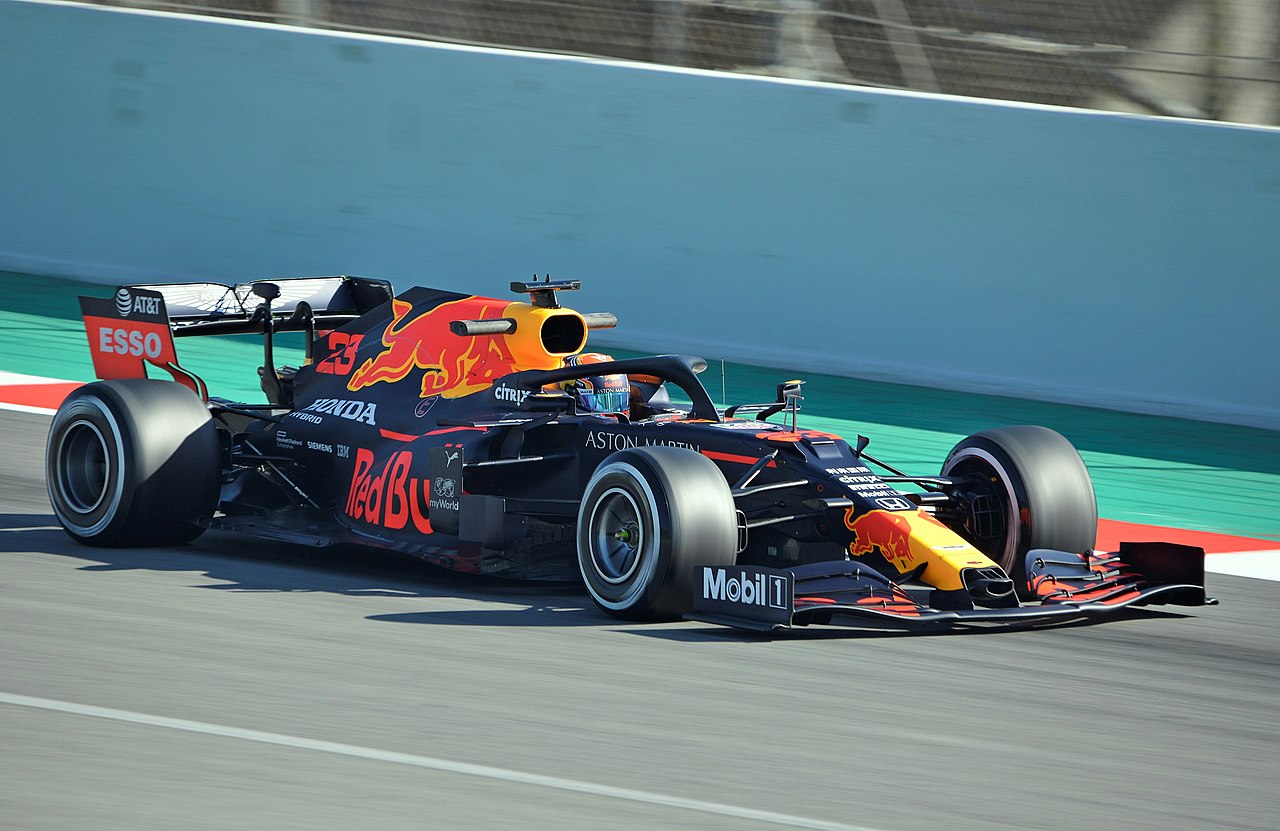LEARNINGS FROM ONE FORMULA TO OUR OWN
In the beginning, the only way F1 racing teams measured whether a car was getting faster was with a stop watch – but they didn’t know precisely what was contributing to its better performance.
As engineering and technology developed, there was more clarity about how enhancing one aspect of the car could make it go faster, but this was sometimes masked by other factors.
Today, F1 teams measure every single metric of a car and driver’s performance on every part of every circuit, at every altitude, in every one of the 23 countries they will visit during a season. It is all data-driven. They can compare the results and attribute enhanced performance to identifiable factors.
In the same way, the best way to operate turnover leasing is not just treat it as a top-up to (hopefully) collect periodically, but to accurately measure and record unit-by-unit sales levels every day/week/month/year and overlay it against overall the total footfall of a scheme. By measuring individual unit footfall you can build a picture of the conversion rates, average transaction size and consequential effort ratios, to fully understand how the location is performing and how to asset manage it in future.
We measure all this plus the effect of events, social media activity and even the weather on any given day. This is what differentiates TTS from others: a comprehensive data picture which gets under the bonnet of what makes an asset perform.”
